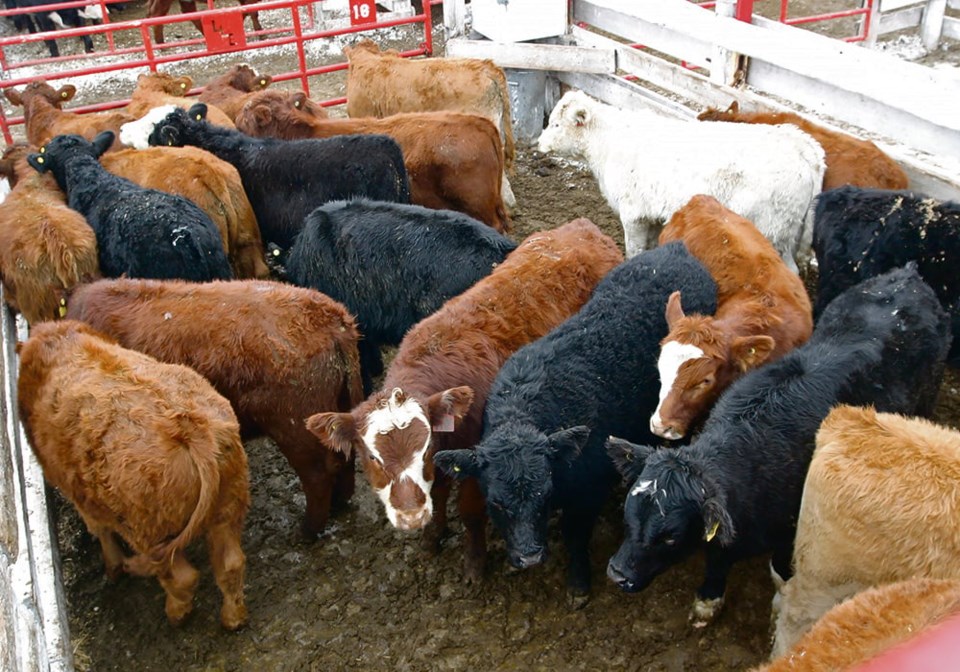WESTERN PRODUCER — Beef prices are up and demand remains strong, according to the latest Canfax market report, but dry conditions in cattle-producing regions across the globe are affecting markets.
“We’ve reached new record highs in 2023 with both fed and feeder prices surpassing the previous highs made in 2015,” said Canfax executive director Breanna Grant during the firm’s latest market update.
“But after reaching those highs, the feedlots really got whiplash in the fourth quarter. The live cattle futures moved over $20 per cwt. lower over a five-week period in November and December.”
That type of volatility is expected to continue into 2024, particularly if heifer placements remain high.
Australia is also seeing herd liquidation due to drought, which has depressed prices in the second half of 2023.
“There are questions out there right now how long this drought situation is going to last and there is potential of it switching very quickly here this spring and providing Australia some rain,” said Grant.
South American beef production is increasing, adding to supply in international markets.
While North American cattle inventories are down, Grant noted supply is calculated through weight produced.
“From the low in 2015 to the high in 2022, we saw a four-billion-pound increase in U.S. beef production,” she said.
U.S. inventories decreased in 2023 by five percent and are expected to be down again this year by three to four percent. Lower heifer retention rates are expected to underpin continued high prices, said Grant.
International feed production has been high and better than expected, resulting in lower prices.
“The exception to that story is Alberta hay prices, which moved higher in the second half of the year and right now are essentially on par with what we saw in the first half of 2022,” said Grant.
U.S. stocks are up and hay is selling for $35 to $40 per tonne less than Canadian prices. Feedgrain prices for U.S. barley and corn are also lower than the previous year.
Various feed sourcing methods led to variations in cost-of-gain rations, said Grant.
“There is a very big range in cost of gain and our quarterly trends report shows that there were opportunities for positive margins for cattle sold in January that had risk management, particularly on their cost-of-gain side that resulted in some lower break evens.”
That situation highlights the need for cost controls on feed because feeders will face record high break evens this year, said Grant.
The seasonal forecast for spring could pose problems for producers in the West. Precipitation is expected to be average but high temperatures are also anticipated.
Canadian cattle inventories are at liquidation levels due to drought conditions in the West but Grant noted culling rates are only slightly above normal.
Producers are concerned about feed availability but high cattle prices make it tempting to expand the herd if possible. Grant said record high breeding stock prices are a sign of optimism that high prices will continue for a while.
Beef production is forecast to be down three percent in 2024, in the wake of 2023’s five percent reduction.
Grant said demand is tempered by high beef prices at the grocery store, although inflation rates for beef are in line with the average of all food costs.
“The positive thing is, we really haven’t seen consumers in Canada making big shifts down, whether it’s within the category or to other categories.”
As for price projections, fed cattle prices are expected to rise to counter higher input costs and feeders also anticipate gains.
Calf markets are strong in Alberta and softer in Ontario.
Grant said Canadian cattle production costs remain competitive internationally but input prices should be watched carefully.




